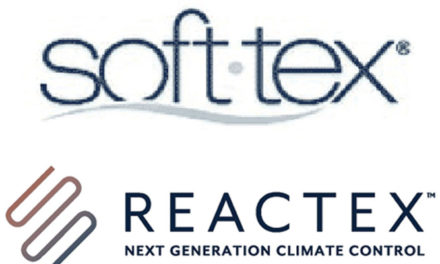Imports at Unites State’s major retail container ports are expected to continue to grow this summer as retailers stock up inventory to get ahead of higher tariffs, according to the monthly Global Port Tracker report released by the National Retail Federation (NRF) and Hackett Associates. NRF is the world’s largest retail trade association.
“With a major tariff increase already announced and the possibility that tariffs could be imposed on nearly all goods and inputs from China, retailers are continuing to stock up while they can to protect their customers as much as possible against the price increases that will follow,” said NRF Vice President for supply chain and customs policy Jonathan Gold. “Tariffs are taxes paid by American businesses and consumers, not foreign governments. Retailers will continue to do everything they possibly can to mitigate the impact of tariffs on consumers, but if we see further escalation in the trade war, it will be much more difficult to avoid higher price tags on a wide range of products. It’s time to stop using American families as pawns in negotiations for better trade deals.”
The Trump administration increased 10 per cent tariffs on $200 bn worth of Chinese goods to 25 per cent in May, with the increase applying to imports that arrive in the US after June 15. The administration has also proposed to implement new 25 per cent tariffs on $300 bn worth of Chinese goods and recently removed India and Turkey from the Generalized System of Preferences programme, which allows certain items to be imported duty-free. In addition, the administration announced a 5 per cent escalating tariff on all imports from Mexico, but those goods travel by truck or train and don’t effect cargo numbers at US seaports.
“One must wonder who the Trump administration is trying to punish with its growing enthusiasm for tariffs,” Hackett Associates Founder Ben Hackett said. “The tariffs are offsetting much of the savings from tax cuts, and if this continues there could be tough months ahead.”
US ports covered by Global Port Tracker handled 1.75 mn twenty-foot equivalent units in April, the latest month for which after-the-fact numbers are available. That was up 8.4 per cent from March and up 6.9 per cent year-over-year. A TEU is one 20-foot-long cargo container or its equivalent.
May was estimated at 1.88 mn TEU, up 3 per cent year-over-year. June is forecast at 1.86 mn TEU, up 0.3 per cent; July at 1.93 mn TEU, up 1.1 per cent; August at 1.95 mn TEU, up 3.3 per cent; September at 1.89 mn, up 0.9 per cent, and October at 1.95 mn TEU, down 4.4 per cent. The August and October numbers would be the highest monthly totals since the 2 mn TEU record set last October as retailers rushed to bring merchandise into the country ahead of expected tariff increases.
Imports during 2018 set a record of 21.8 mn TEU, an increase of 6.2 per cent over 2017’s previous record of 20.5 mn TEU. The first half of 2019 is expected to total 10.6 mn TEU, up 3 per cent over the first half of 2018.
Global Port Tracker, which is produced for NRF by the consulting firm Hackett Associates, covers the US ports of Los Angeles/Long Beach, Oakland, Seattle and Tacoma on the West Coast; New York/New Jersey, Port of Virginia, Charleston, Savannah, Port Everglades, Miami and Jacksonville on the East Coast, and Houston on the Gulf Coast.











